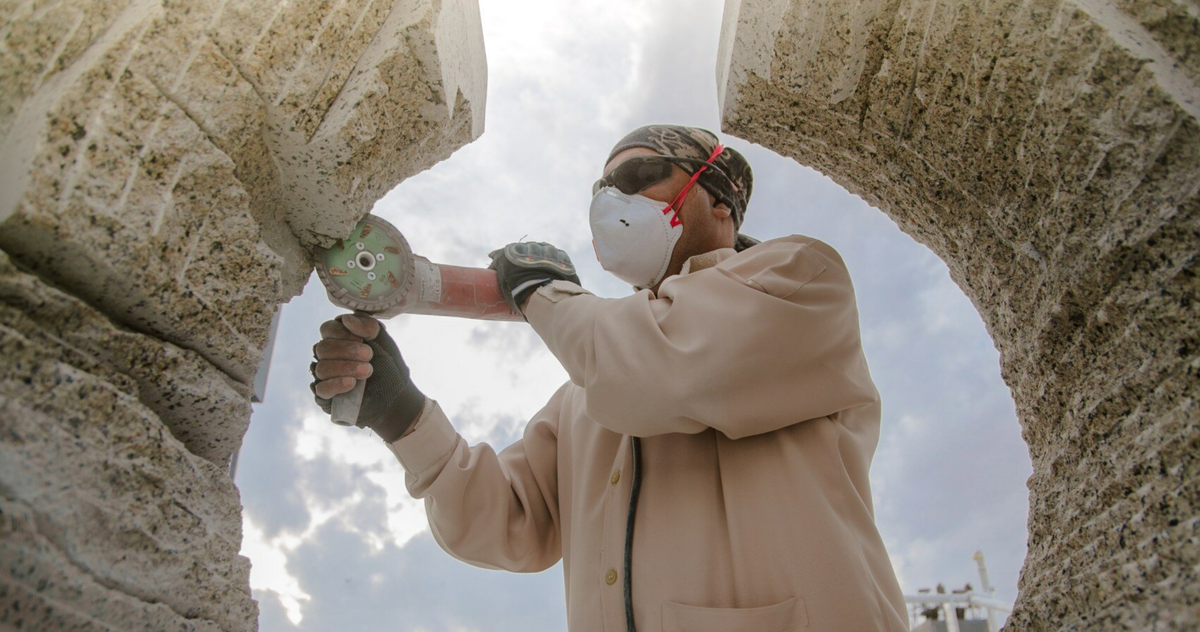
In the heart of Saudi Arabia’s capital, an extraordinary transformation is taking place — one not led by concrete and steel alone, but by art.
Over the past five years, Riyadh has emerged as one of the world’s most ambitious cities for public art. Through visionary programs like Riyadh Art and the Tuwaiq Sculpture Program, public spaces across the city are being reshaped — not just physically, but culturally.
Sculpture, light, design, and creative interventions are now integral to how Riyadh is presenting itself to its citizens, and to the world.
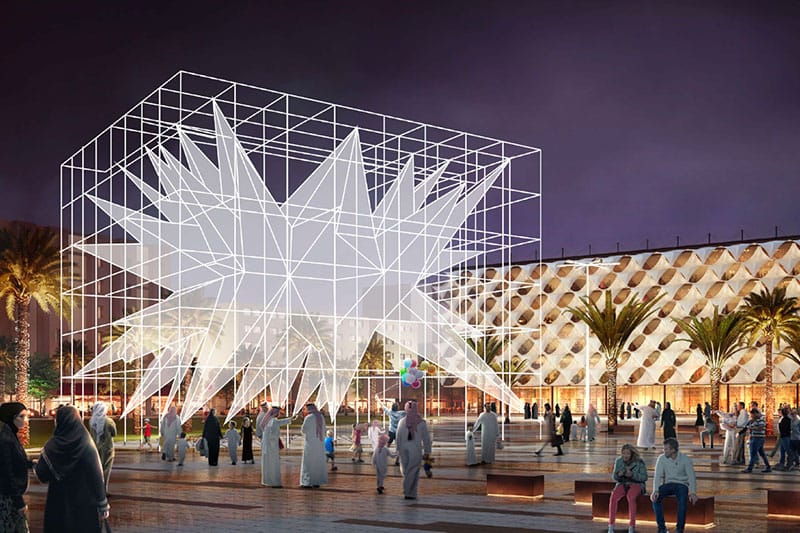
Riyadh Art: The World’s Largest Public Art Initiative
Launched in 2019 under the leadership of King Salman and Crown Prince Mohammed bin Salman, Riyadh Art is the world’s largest government-funded public art program.
Its mission is clear: to transform Riyadh into an open-air gallery, fostering creativity, celebrating cultural identity, and connecting the city to global audiences through art.
Key Initiatives Include
- Tuwaiq Sculpture Symposium — an annual creation of monumental sculptures
- Noor Riyadh — an international light art festival
- Welcome Gateways — artistic reimaginings of city entrances
- Art on the Move — landmark art at major intersections
- Artistic playgrounds in neighborhoods across Riyadh
- 85+ site-specific art installations in new Riyadh Metro stations
Together, these initiatives are making art visible, accessible, and integrated into the everyday life of Riyadh.
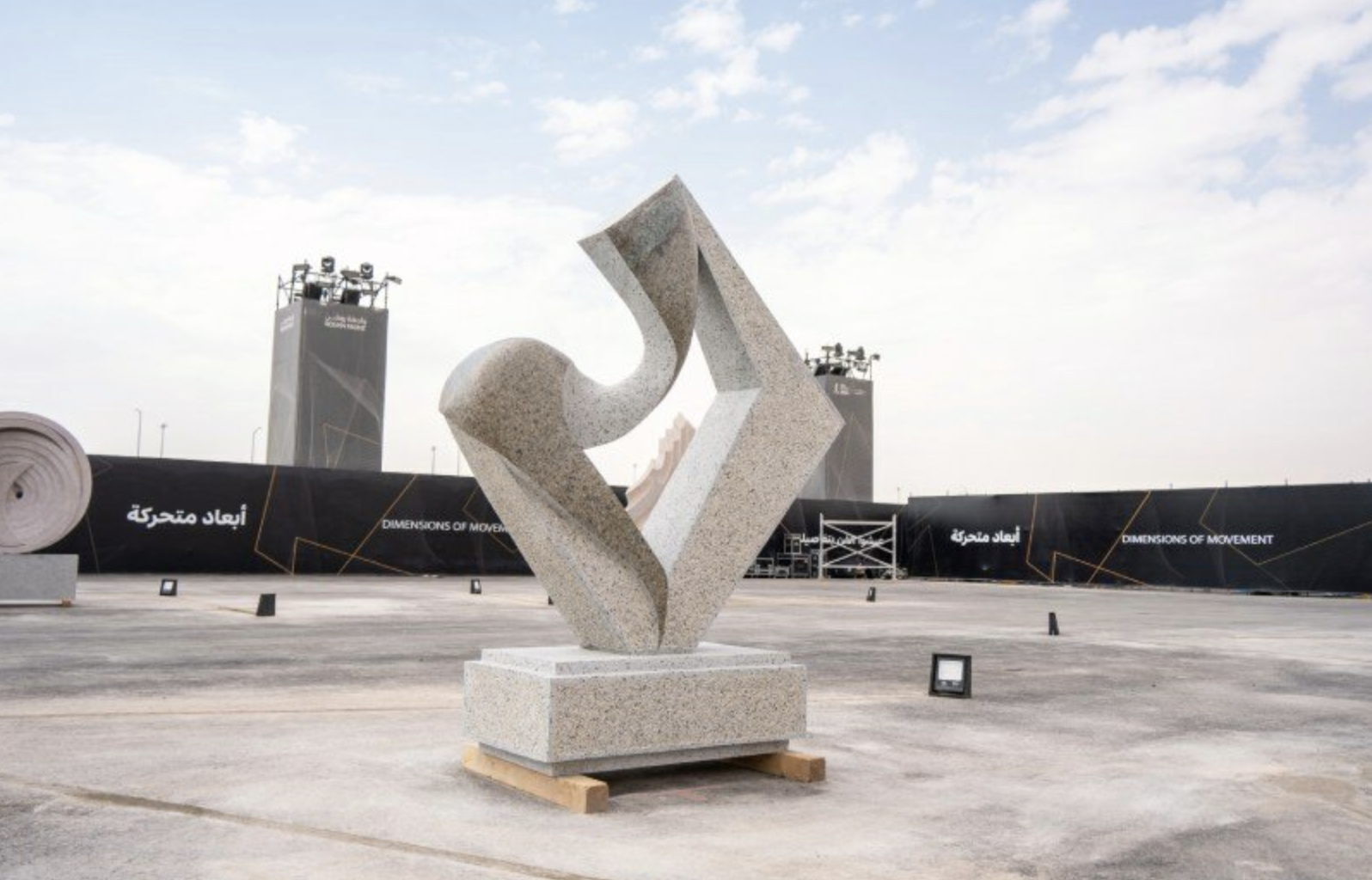
Tuwaiq Sculpture Program: Building a Legacy in Stone
One of the flagship initiatives under Riyadh Art is the Tuwaiq Sculpture Program — an annual event where Saudi and international artists create monumental sculptures that are later installed across the city.
To date:
- More than 100 sculptures have been created
- 35 pieces have already been strategically relocated to public spaces
- The program has also launched an apprenticeship initiative, empowering young Saudi artists and designers to gain hands-on experience in public art production.
But Tuwaiq is not about objects alone — it is about creating cultural dialogue.
"We are building a community of cultural exchange, where both local and international artists contribute to the evolving identity of Riyadh," explains Sara Rouesta, Curator of the program.
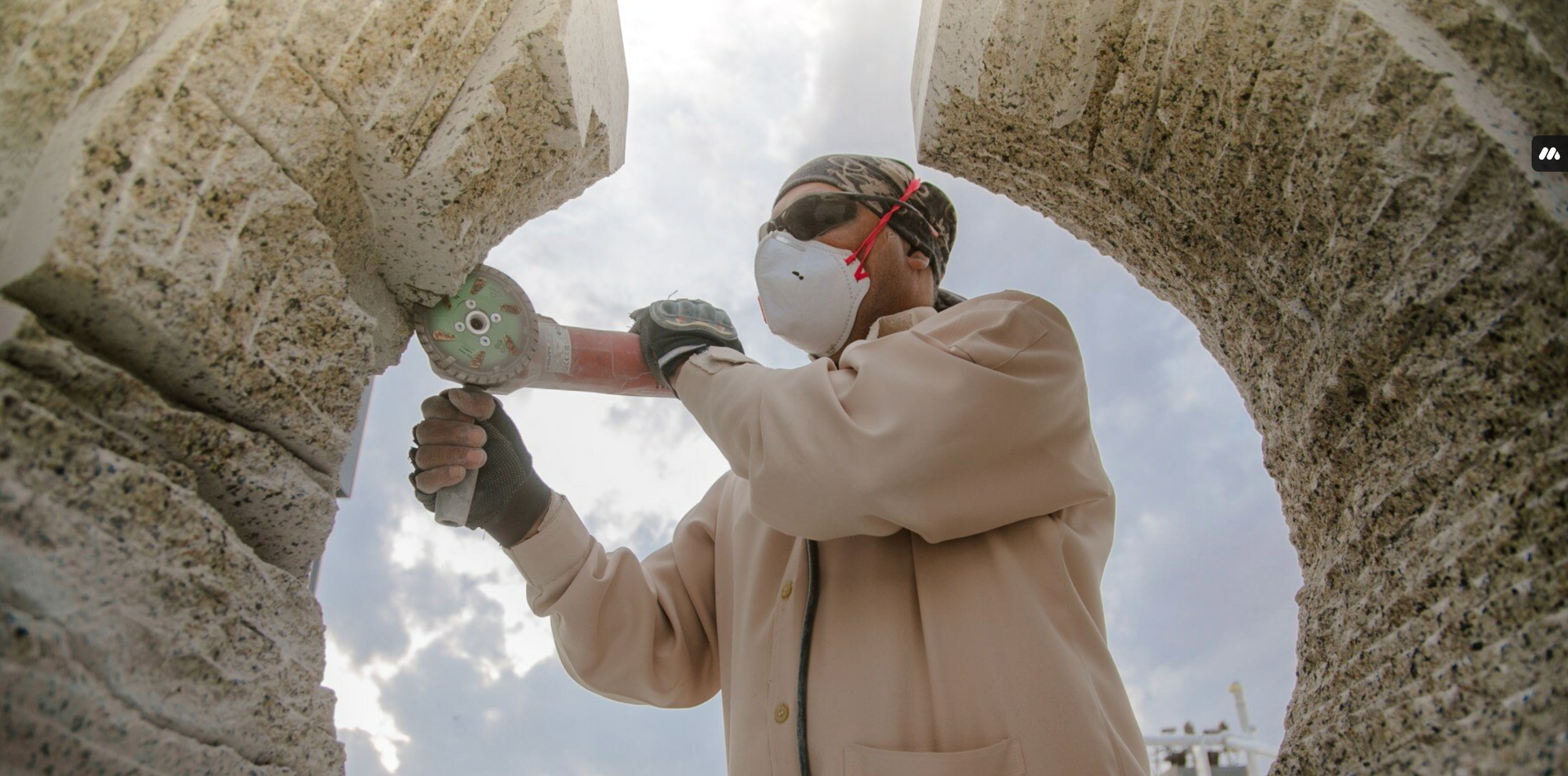
Each sculpture is carefully placed based on:
- Interactivity — how the public will engage with it
- Urban context — where it fits into the city’s flow
- Artist’s intent — preserving the vision behind the piece
For example, a Belgian artist’s mountain-inspired sculpture was later enhanced with projection mapping during Noor Riyadh, blending traditional form with contemporary technology.
Another interactive arch now installed outside the National Museum invites citizens to step inside and experience art physically, not just visually.
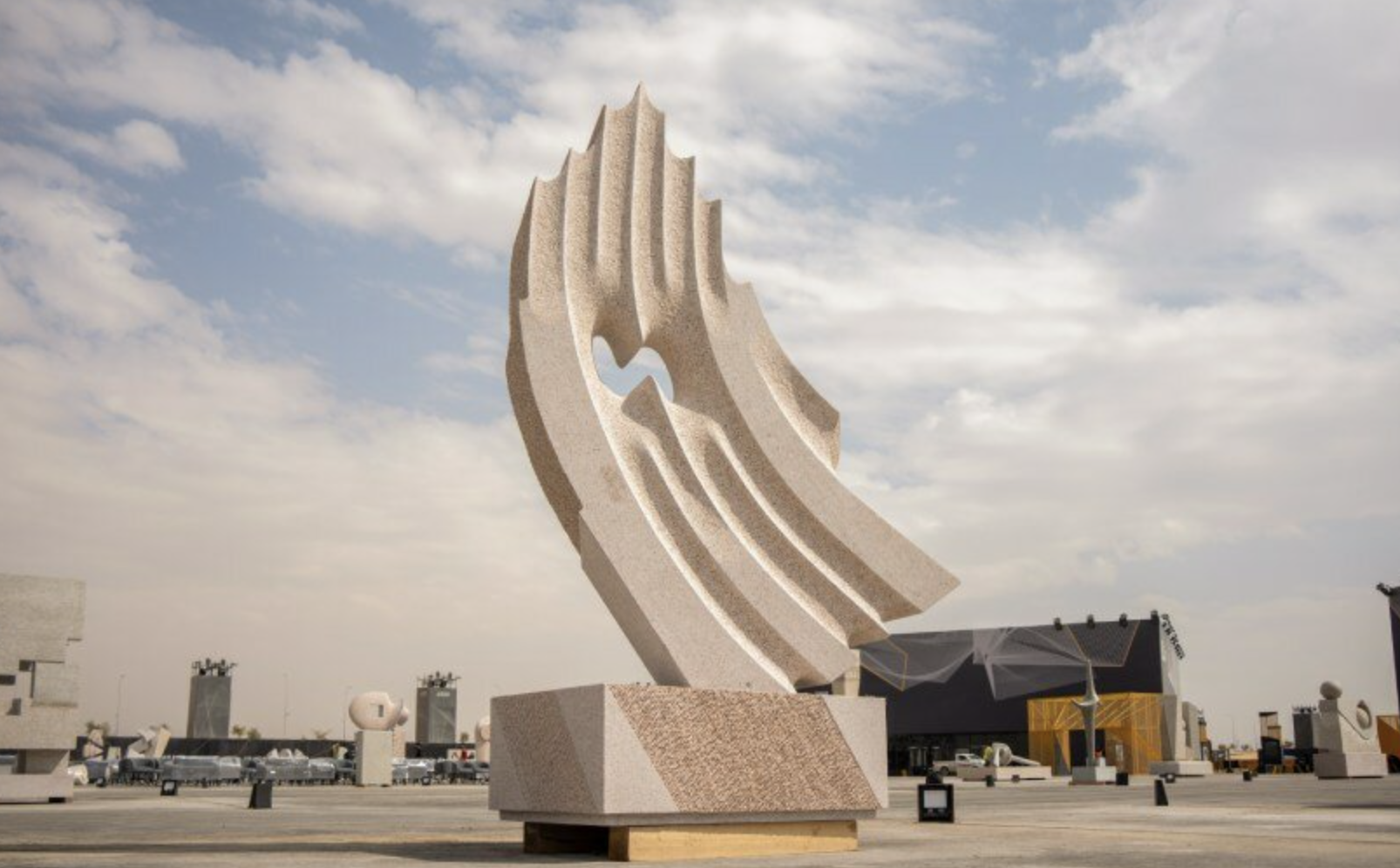
Art That Speaks to Riyadh’s Identity
A core principle of Riyadh Art is that every project must remain rooted in Saudi identity, even as it engages global artistic language.
One striking example is the Welcome Gateways project — reimagining Riyadh’s former city entrances as bold new public artworks that celebrate the spirit of modern Saudi Arabia.
Through collaborations between Saudi and international curators, the program ensures that Riyadh’s art is:
- Globally connected
- Culturally grounded
- Inclusive of Saudi voices
Art for Everyone: Community Impact
Perhaps the most transformative aspect of Riyadh Art is its focus on normalizing public art — making it an everyday part of life for all residents.
"Growing up, art was not seen as a practical career path. Now, through Riyadh Art, we are inspiring a new generation to see art as valuable and accessible," says Sara Rouesta.
New Initiatives Include
- Artistic playgrounds designed by artists and architects for children and families
- Interactive public artworks in parks, transportation hubs, and neighborhoods
- Sculptures within Riyadh Metro stations — integrating art into the city’s daily flow
Public engagement is already high. Whether it is children interacting with sculptures, citizens picnicking under large-scale works, or visitors experiencing Noor Riyadh’s installations, art is becoming part of Riyadh’s urban culture.
Overcoming Challenges: Riyadh’s Rapid Growth
Implementing large-scale public art in a rapidly expanding city comes with challenges:
- Urban development shifts locations and timelines
- Engineering considerations affect where monumental sculptures can be placed
- Stakeholder collaboration is needed across public and private sectors
However, with strong government leadership and a collaborative spirit, Riyadh Art continues to deliver high-quality projects, with no compromise on artistic integrity.
A 20-Year Vision: Riyadh as an Open-Air Museum
What is the long-term vision?
According to Omar Albraik, Public Art Program Manager at Riyadh Art:
"In 20 years, Riyadh can become one of the world’s most vibrant open-air museums. Our new generation no longer believes in the word ‘impossible’ — and that is incredibly powerful."
Why It Matters
Public art is not just decoration — it is dialogue.
In Riyadh, public art is:
- Shaping the city’s identity
- Fostering community engagement
- Empowering young Saudi creatives
- Positioning Riyadh as a global cultural player
And perhaps most importantly — it is making art belong to everyone.
As Sara Rouesta puts it:
"I want every visitor, every citizen, to walk away knowing that everything is possible. Public art should inspire, engage, and create a sense of ownership in the city we all share."
Conclusion
Through Riyadh Art and the Tuwaiq Sculpture Program, Riyadh is not just building a modern city — it is building a cultural future.
As public art continues to spread across parks, streets, transit hubs, and neighborhoods, Riyadh is redefining what a Middle Eastern capital can be:
- Innovative
- Inclusive
- Open to global artistic dialogue
- Proud of its Saudi identity
In the coming years, expect to see Riyadh’s public spaces transformed — and its citizens transformed with them.

